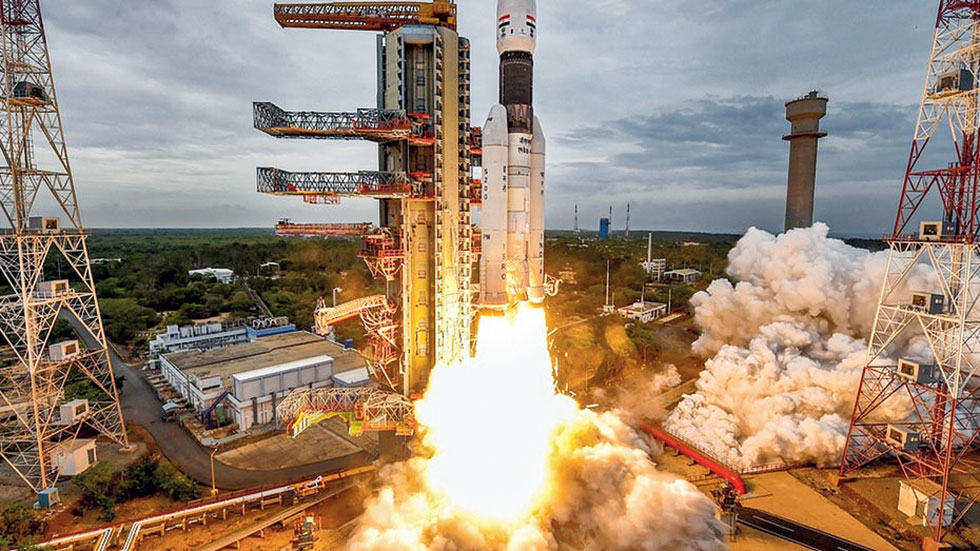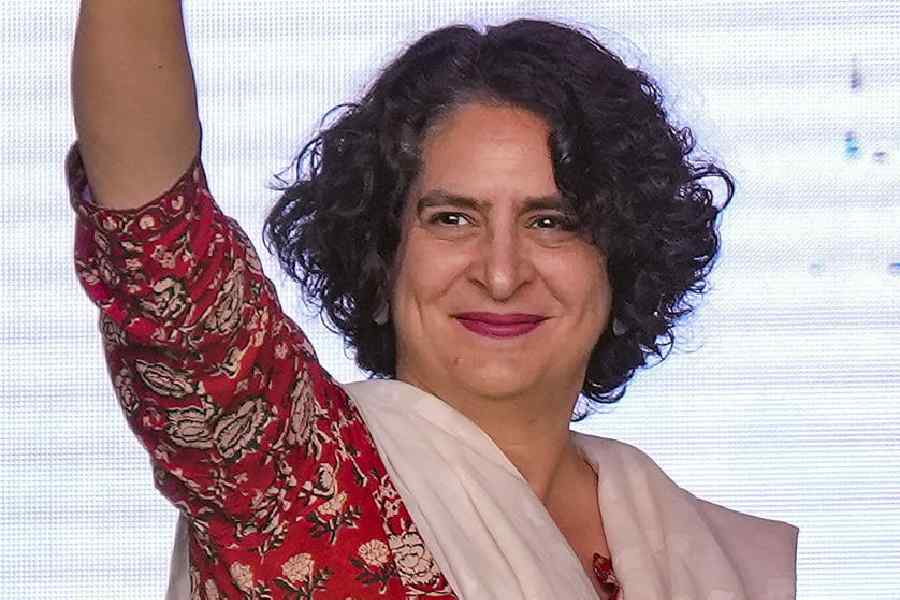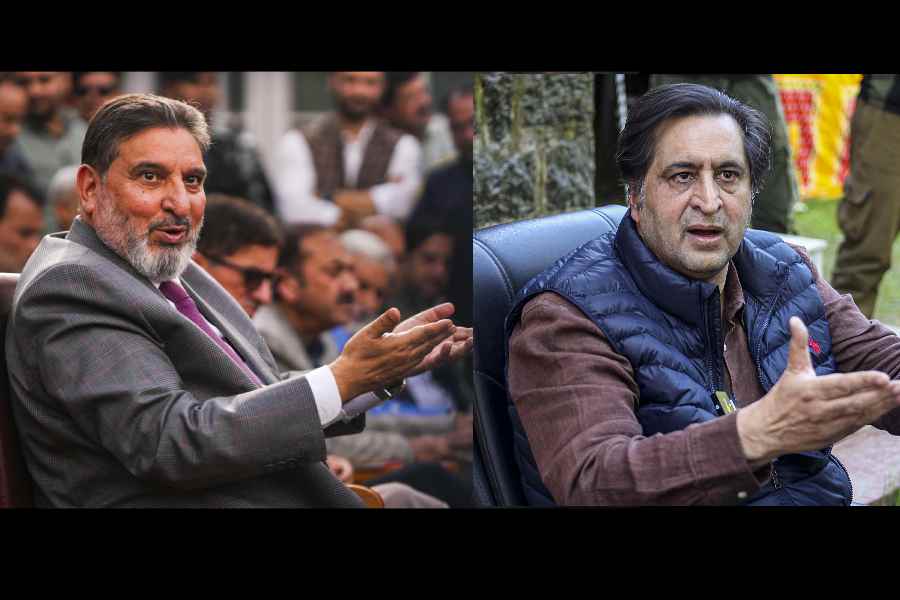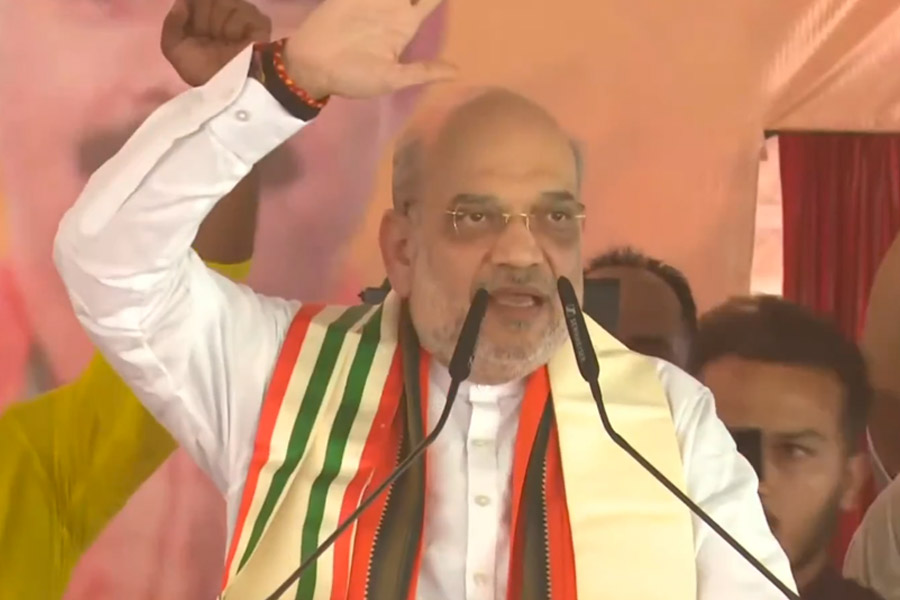The saga of Vikram, the lander of Chandrayaan-2, seems never-ending. Like a long-running TV soap we were told for the last 10 years that this remarkable mission to the moon would reveal many unknown stories. Eventually, when the climax scene was over and it was clear that the mission’s main objective — namely, to land on the moon softly and rove around — had not been achieved, we were told that the moon mission was 98 per cent successful. It is only recently, after questions were raised from all quarters in Parliament, that it was officially admitted that Vikram had had a hard landing.
The whole episode is interesting for various reasons. When it was clear even to a layperson from the “live” trajectory broadcast in the early hours of September 7, 2019, that the lander was crashing on the moon, what is the real reason for not admitting to the crash? Why was our attention diverted to “link failure” ? Was it because Isro was under pressure not to admit the failure before the second Modi government celebrated its 100 days in office on September 8? Such political pressures are not uncommon. Many believe that the Challenger disaster of 1986 happened because Nasa was under pressure to go through with the launch on the morning of that ill-fated day. The US President was to deliver the State of the Union address that evening, boasting that one of the Challenger crew was an ordinary schoolteacher.
There were high resolution cameras mounted on Vikram’s legs which regularly sent pictures of Earth and Moon that were shared by Isro before September 7. Why then were the pictures of the final moments taken by those same cameras not shared? Did the system behave so strangely that people would have found out that the central thruster of the lander behaved unpredictably? Could it be that a mid-air explosion took place when the thruster was turned on? Would that lead to enquiries as to why more laboratory tests were not conducted when the thruster was added and the Mark-II rocket changed to Mark-III to accommodate extra weight? What is the reason for hiding the true cause and hoping people will forget about it as soon as a new lollipop, say the Gaganyaan, pops up? Will our enemies know we are not as strong in space technology as made out to be?
On September 8, it was announced that a thermal image of Vikram had been located. It is, after all, the taxpayers’ money that is used to fund the space programme. Why then was this thermal image not shared with the media? And why was the specific location not shared with Nasa, whose Lunar Reconnaissance Orbiter (LRO) failed to locate any remnant of Vikram and the rover, Pragyan?
Most interestingly, we keep hearing that the Chandrayaan-2 mission was a 98 per cent success even after complete failure of the main objective, which could have placed us in the fourth spot after the US, Russia and China in achieving a soft landing on the moon. On what basis was it touted a 98 per cent success? Was it because the improvised Chandrayaan-1 instruments worked in Chandrayaan-2? Did our instruments work satisfactorily in the previous mission?
The answer is clearly “no”. Indian instruments on Chandrayaan-1 at 100km x 100km orbit were emitting noise because of which the orbit was shifted to 200km x 200km but the instruments stopped functioning soon after. What protection was taken this time against such stray radiation? In any case, the most important result of the mission — the evidence of water on Moon — came from the US payload on board Chandrayaan-1, for which India can hardly take any credit.
Somehow, we Indians have been taken for a ride. We did send a satellite to Mars which is moving in a 400km x 80,000km orbit and taking pictures. We did have an astronomy mission called Astrosat. We go gaga when these are launched but no one asks what scientific discoveries come from them. Did we discover even a single X-ray unlike missions of other countries? Today, most of our knowledge about the universe has come from Nasa or ESA missions. India has no achievements on this front.
We have already announced that humans will do a spacewalk in the Gaganyaan mission. When we could not land an instrument on the airless lunar surface, how can we expect that these poor humans will return in one piece when they pass through the friction of Earth’s atmosphere? Clearly, the failure of the lander to soft land has delayed the Indian space programme by at least a decade, since we must have a legacy of several soft landings and successful unmanned return flights to Earth before we can even think of sending humans to space.
Space is hostile. Space missions are tough. That alone is justification enough to tell people: “We tried and failed. We’ll try again.” Hiding the results behind a smokescreen will achieve nothing. Today, India’s failure to soft land clearly indicates that it is not really a textbook science that can be just copied. Even its closest allies are not willing to share the trade secret of soft landing. While it is true that both the US and Russia got a jump-start in rocket technology by conquering Germany after World War II, the landing technology was developed indigenously. China did it. Israel failed by a whisker but at least the image of its crashed craft could be clearly photographed and made public. Our Vikram seems to have evaporated completely with dear Pragyan inside.
Perhaps we will never know the truth. Lack of accountability in our space programme is the biggest reason we will not be successful in the short run. In the long run, when the department of space has its own competent secretary to whom, and not to the Prime Minister, the Isro chairman becomes accountable, these problems will be sorted out.
The writer is the director, Indian Centre for Space Physics, Calcutta and a former Nasa scientist










